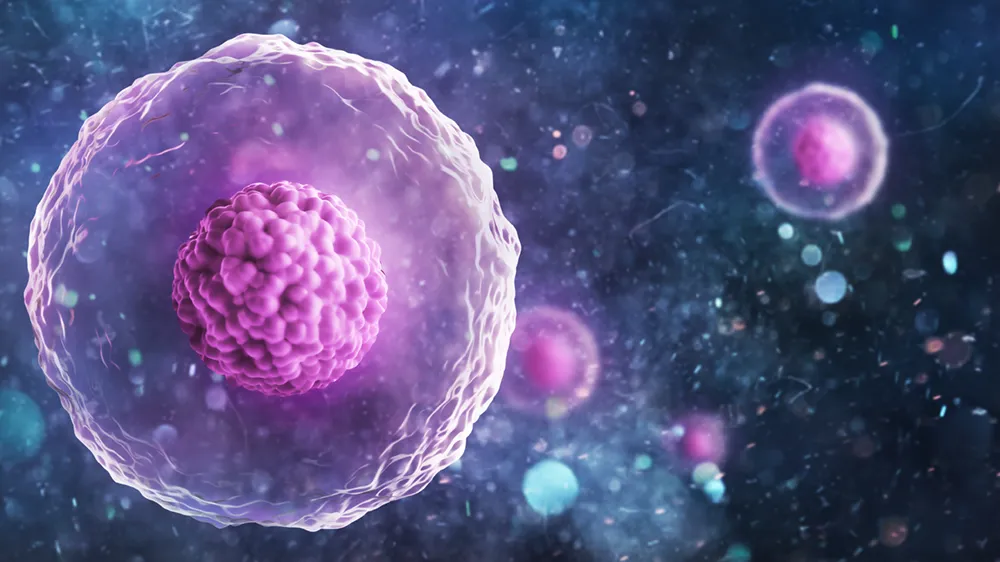About
The Cell stress and Cancer group is focused on two main goals:
- to understand how autophagy is switched off in vivo and
- to unravel mechanisms of autophagy involvement in cancer biology.
We make use of model organisms as well as primary material from cancer patients to study several basic problems in autophagy and cancer.
Goals
- Understand how autophagy termination is regulated and how this affects the development and fitness of the organism, as well as the implications for cancer.
- Understand nutrient signaling pathways such as autophagy in various forms of renal cancer with the aim of identifying biomarkers and developing novel forms of treatment.
How do multicellular organisms turn off autophagy?
Cells in a living organism need to be able to readily respond to changes in nutritional status. Upon starvation, certain tissues respond by autophagy, to provide energy and building blocks to sustain essential cellular functions.
Importantly, these cells must also turn off autophagy when nutrient supplies are replenished, because unrestricted autophagy is harmful to cellular fitness.
Surprisingly little is known about how autophagy is terminated, especially in the context of a multicellular organism. We work on uncovering and understanding novel mechanisms of autophagy termination, using Drosophila as a model.
... and how does this affect sleep?
See more about the Sleep and autophagy project.
How can autophagy be exploited for biomarkers or therapy targets in kidney cancer?
Each year around 800 people are diagnosed with kidney cancer in Norway. Whereas localized cancer can be cured by surgery, the challenge is to identify which patients will progress to metastatic cancer and also to identify the best treatment for each of those patients.
We are working on the use of markers of autophagy to address these needs in different subtypes of renal cell carcinoma and also in the inherited predisposition for renal cancer associated with Birt-Hogg-Dubé syndrome.
Fruit flies as a tool to find new therapies for leukemia.
Chromosomal rearrangements of the MLL gene are associated with development of high-risk acute leukemia. MLL-rearranged (MLL-r) leukemia is treated with aggressive chemotherapy, but patients often relapse and survival rates are dismal. Clearly, there exists a need for novel forms of therapy.
However, development of new treatment is hampered by our very limited understanding of the genetic framework that underpins MLL-r leukemia.
We are working on unraveling this genetic framework, by taking advantage of the of the powerful genetic tools of Drosophila in a fly model of MLL-r leukemia, where we perform genetic modifier screens and study effects on the hematopoietic system of Drosophila larvae.
Cooperation
- Jorrit Enserink, OUS
- Michael Riegler, Simula
- Lorant Farkas, Ahus
- Seppo Vainio, Oulu
